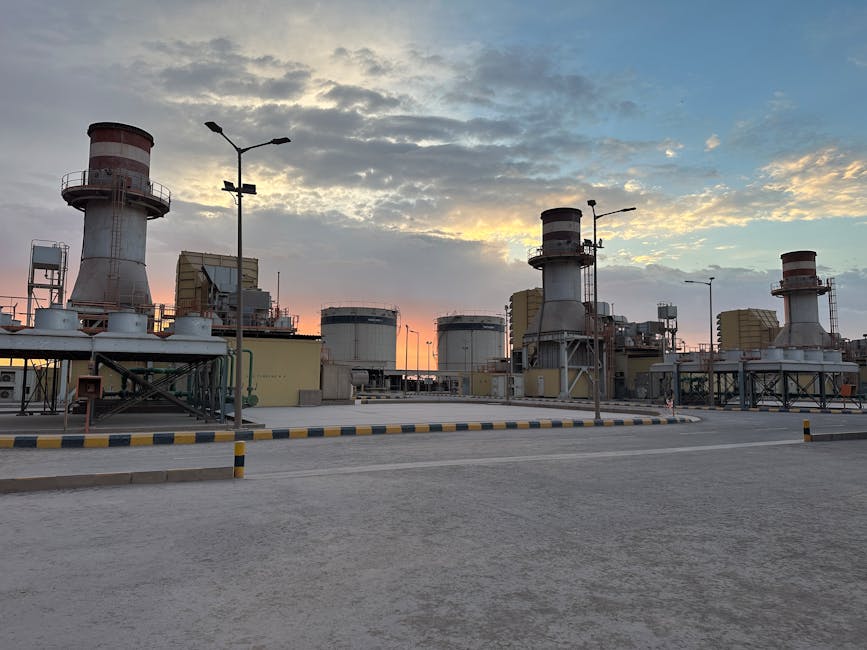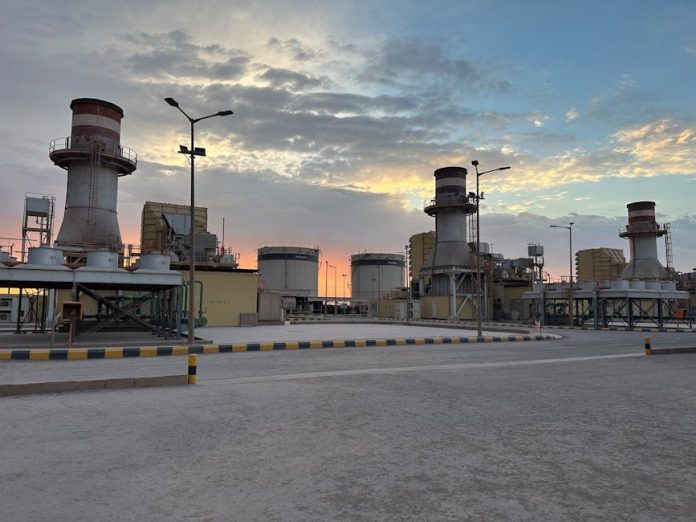
The solar industry is experiencing an unprecedented boom, with manufacturing facilities springing up across the globe. Driven by increasing demand for clean energy and ambitious climate goals, this surge promises a cleaner future and significant economic growth. However, a stark warning is emerging from industry advocates: this burgeoning sector could face an abrupt downturn without sustained government support and incentives.
The current surge in solar manufacturing is a testament to innovation and investment. New factories are churning out panels, batteries, and related components at an astonishing rate. This expansion not only aims to meet the growing appetite for solar power but also seeks to onshore supply chains, reducing reliance on foreign manufacturing and creating domestic jobs. The economic benefits are undeniable, from job creation and technological advancement to enhanced energy security.
Despite this bright outlook, the shadow of uncertainty looms. Solar manufacturing, particularly in its early stages of growth, is highly capital-intensive and subject to global market fluctuations. The cost of raw materials, geopolitical stability, and the rapid pace of technological change can all impact profitability. Without robust and consistent incentives, such as tax credits, subsidies, and streamlined regulatory processes, the industry fears it might not be able to compete effectively with established energy sectors or with manufacturers in countries with different support structures.
Advocates argue that these incentives are not merely handouts but crucial investments in a vital industry. They are essential for bridging the gap between current production costs and long-term market viability. By providing a stable and predictable policy environment, governments can encourage further private investment, foster innovation, and ensure the sustainable growth of a sector that is critical for achieving global climate targets. The fear is that a premature withdrawal of support could stifle this momentum, leading to factory closures, job losses, and a significant setback for the transition to renewable energy.
The question remains: can the solar manufacturing boom survive on its own, or is continued governmental backing the key to unlocking its full potential? As nations race to secure their clean energy future, the role of policy in nurturing this critical industry will undoubtedly be a defining factor.

